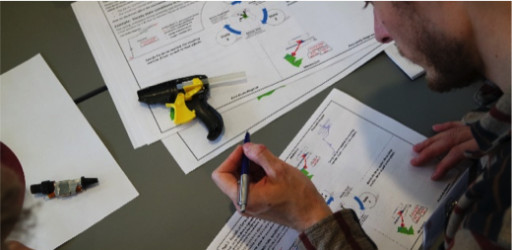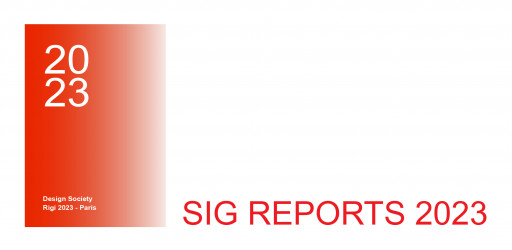Engineering Design for Robustness - at a glance
Welcome to the Special Interest Group on Engineering Design for Robustness within the Design Society!
At the heart of technological advancement, robustness is a cornerstone across diverse engineering activities. Whether it is enhancing simulation and validation techniques, innovating mechatronic systems, crafting AI-embedded systems, or adopting life-cycle oriented design approaches, our group is dedicated to navigating the intricacies and potentials of Robust Design from a design engineer’s perspective. Our mission is to address the evolving challenges posed by increasing product complexity and associated new sources of variation, such as the uncertainty of AI-based approaches. We envision a future where these challenges are transformed into opportunities by benefiting from a close collaboration between the participating actors, e.g. when using self-regulating systems that can compensate for variations in product use.
Engage with us through our open discussion forums, where ideas flourish in the interplay of various engineering activities, robustness and adjacent fields like tolerance management, quality management, and uncertainty handling. Here, thought leaders and newcomers from academia and industry can exchange insights, fostering a vibrant community focused on knowledge exchange. Our group offers:
- a platform for discussion and collaboration, supporting current research endeavors with the collective expertise of our members
- a curated collection of materials, codes, and literature designed to enhance your everyday work
- interactive workshops, which offer real-world applications and provoke engaging discussions, exemplified by projects like the Robust Design of a LEGO-based lifting table
We welcome you to participate in this collaborative endeavor. Whether you're looking to expand your professional network, explore current research, or gain a deeper understanding of Robust Design, our community offers support and resources. Join us as we work to advance Robust Design and contribute to progress in the engineering field.






